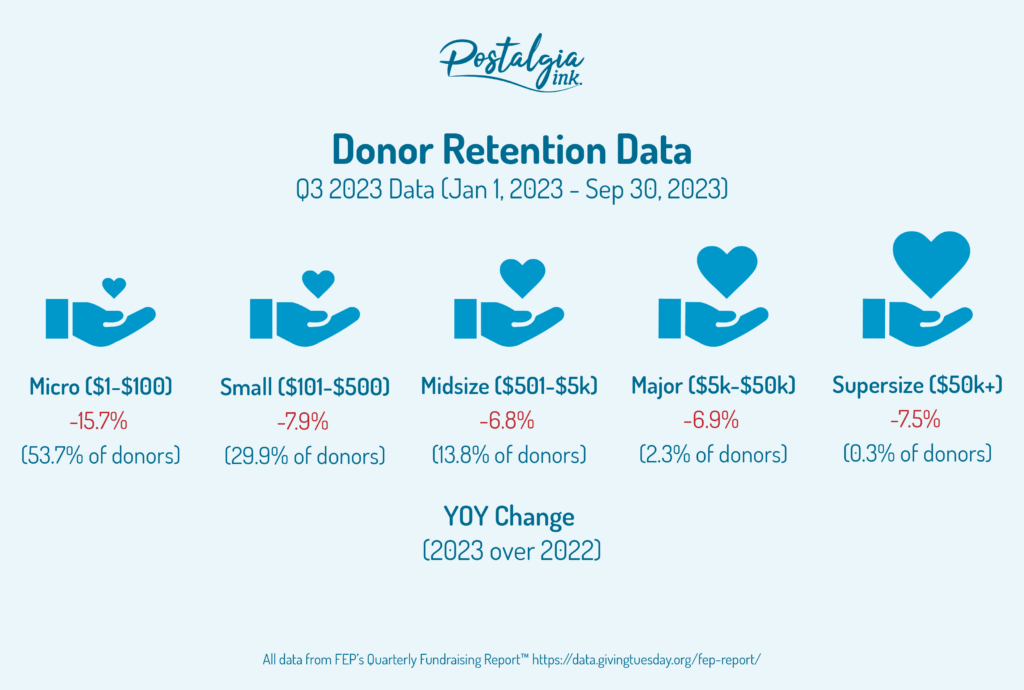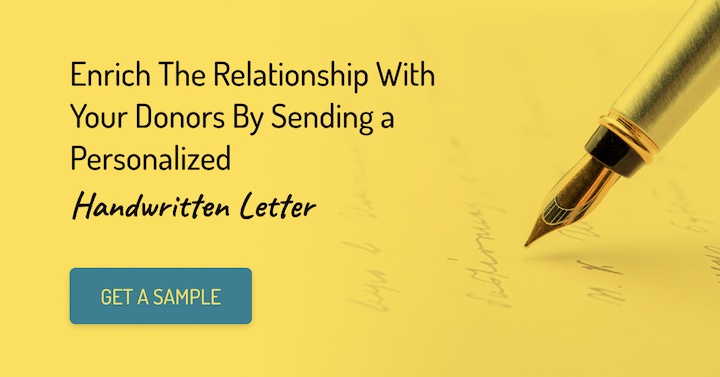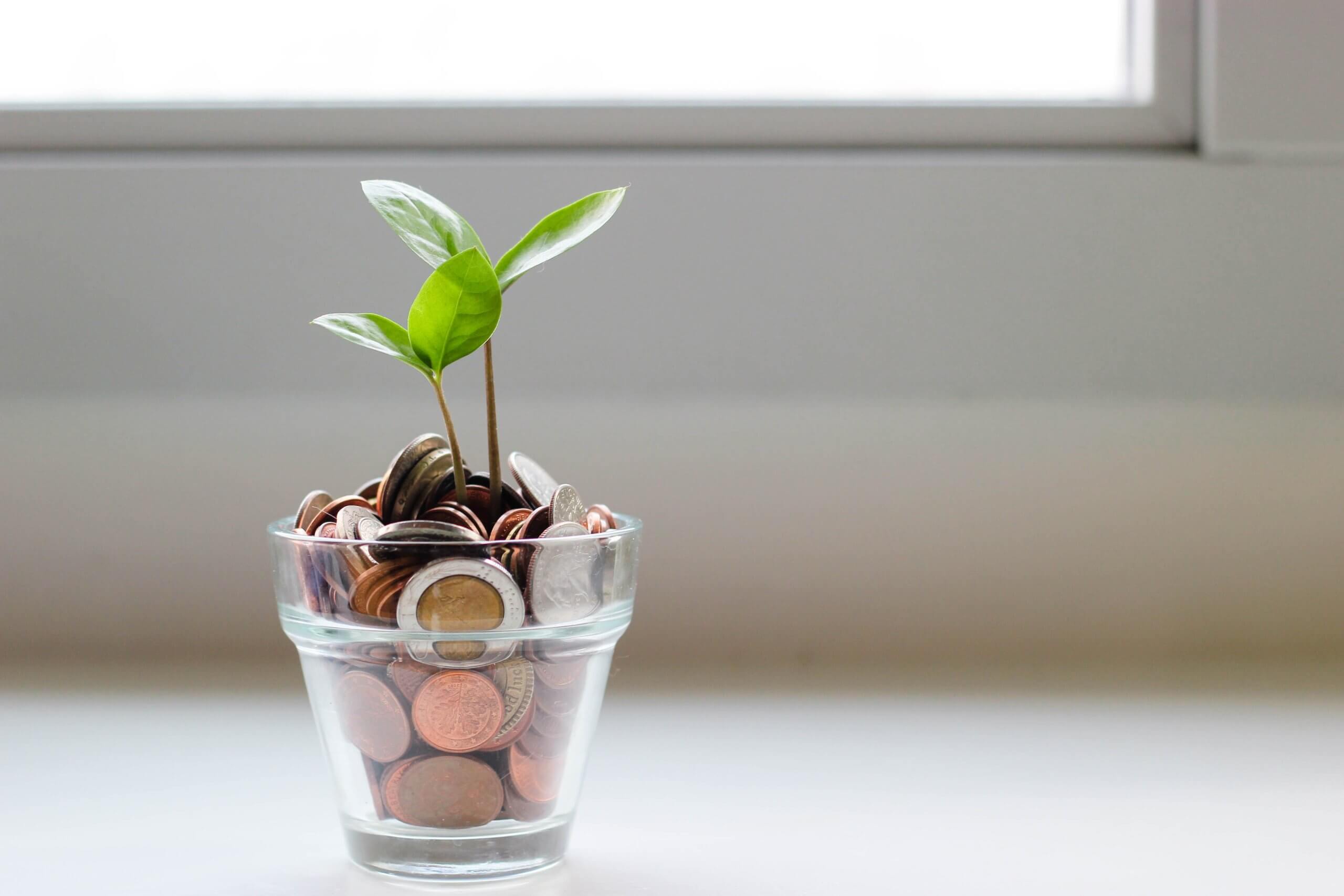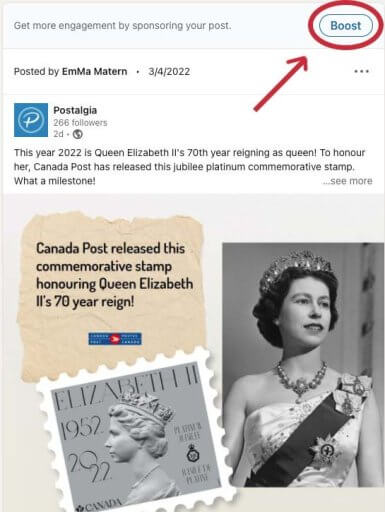Whether you’re running a venture-backed Startup company, a Fortune 500 telecom giant, or a mission-driven non-profit organization, you need more resources – usually cash – to build your team, grow your reach, and scale whatever it is that your organization does best.
In the context of charities, foundations, and philanthropic organizations, if you were to ask anyone who works in a fundraising capacity what their top goals are for the month, the quarter, or the year, they might answer that they are working on stewardship, donor engagement, transitioning one-time donors to monthly donation programs, or acquiring new donors, but it all boils down to one thing: Money coming in.
That boils down to a few different elements of your broader fundraising strategy:
Acquisition – How are you acquiring new donors who have never given before?
Solicitation – What is your approach to raising money from current donors?
Monthly Giving – Are you turning your one-time donors into monthly donors?
Reactivation – How are you reactivating lapsed donors?
Legacy Giving – Do you have a program that allows your donors to make an impact after they’ve passed on?
Major Giving – Can you move donors into higher and higher giving brackets?
Stewardship – How do you keep donors connected so that they stay donors?
Many fundraisers correctly focus heavily on soliciting existing donors – after all, the most likely source of new charitable dollars is past givers who are already connected to and inspired by the mission of your organization.
But donor churn – your donors deciding to stop giving to your organization – is an inevitability, not a hypothetical. Excellent organizations may experience lower levels of donor churn than the industry standard, but with The Association of Fundraising Professionals Fundraising Effectiveness Project pegging 2020 retention rates at 43.6%, that means that you can expect to keep fewer than half of your donors year over year if you run a typical fundraising operation.
Of course, the longer a donor is with your organization, the less likely they are to stop giving (hence the importance of monthly giving programs and stewardship), and a big chunk of the almost 57% of donors that didn’t come back in 2020 were first-time donors themselves (more than 80% of first time donors made one gift and never returned).
But that doesn’t change the fact that you need to replace the donors that you’re losing every year with fresh, new additions to your donor base.
So, without further ado, here are 6 tips to growing your new donor base:
1. Survey your current donors
Before you embark on an involved, time-consuming, and/or expensive process of attracting new donors through what you assume is the way to do so, it is worth asking your existing donors a few simple questions:
How did you hear about our charity, non-profit org, or foundation?
How long after did you donate?
Did you have any involvement with the organization before donating?
Why did you decide to donate to our organization?
Were you asked? If so, by whom? How? Through what channel?
What was the process like when you gave your first gift?
If you have candid conversations with some of your best donors, at different giving levels, ages, and years of involvement, you’ll find strong patterns start to emerge.
If your charitable organization is like most, you’ll find that many of your donors have a personal connection to your organization, had involvement with the organization before giving, give for similar reasons, and were asked to give in similar ways.
This crucial first step will give you a good idea of where to look for new donors, and help you in the next step as well…
2. Create a donor profile for digital advertising
Once the patterns in your donor stories have begun to emerge, you should be able to create a donor profile.
A donor profile could include demographic, geographic, ethnic, religious, professional and income information, all of which can be used to target acquisition campaigns.
For example, if you are fundraising for a children’s hospital in the downtown area of a major metropolitan city, you may discover from your donors that they are mostly suburban parents of 2 or more children, working as professionals (dentists, lawyers, accountants, etc…).
3. Create issues or opportunities-based campaigns
One of the most important things that you will learn from talking to your existing donors is what moved them to donate in the first place.
Deciding to give money is a big step for many people. Chances are that for every donor you have, you have thousands if not tens of thousands of people who support your mission in non-financial ways, even if just quietly and privately in their own minds.
You’re probably asking yourself what good that does you – a non-profit organization with mouths to feed and a mission to undertake.
But today’s donors are yesterday’s activists who were the day before’s volunteers who were themselves quiet supporters the day before that. As the proverb goes, “a journey of a thousand miles begins with a single step.”
In this case, it’s very difficult to fundraise from anonymous supporters that you don’t know exist, but approaching strangers and asking them for money is likely to get more doors closed in your face than not.
Asking for small expressions of support, however – like “sign this petition” or “click to email your congressman” are not big asks. What they do, however, is help you build a list of people who are supporters of your cause, and may one day financially contribute to your philanthropic endeavors. You now have the names, email addresses, and possibly addresses and phone numbers of people who support your organization enough to put up their hands and self-identify. That list is worth its proverbial weight in gold.
4. Turn stakeholders into activists
Speaking of building lists, chances are that many of your donors had interactions with your organization as non-donors before they ever cut a check.
If you’re fundraising for a school, certainly your alumni are a great place to start; but what about their parents and grandparents? If you’re a hospital foundation, studies show that over 80% of grateful patients feel good about donating to the hospital at which they received treatment, to say nothing of their relieved and grateful families.
The people that you helped are not the only stakeholders in your community.
Congregants, community members, teachers, and volunteers of all types often go on to become amongst the most prolific and involved donors in any charitable organization.
5. Create volunteer opportunities, community events, and open houses.
That’s why creating volunteer opportunities is one of the most powerful long-term acquisition strategies that you can pursue. Nothing binds a supporter to a nonprofit organization’s mission like giving their time and energy to the cause.
Ironically, giving in this way makes donors and supporters more invested than receiving does.
Bringing people together through volunteerism, showing off the good work that your organization does, and creating community through causes that people are passionate about takes a lot of work, but the result is that you will attract people who are much more mission-driven, much less transactional, and much less likely to leave after giving once.
These mission-driven people will make up the beating heart of your donor base. They are exactly who you want to make up the core of your organization, and you’ll wish that you could clone them.
6. Have your current donors bring a friend
The next best thing, however, is to have them bring like-minded friends, family members, and colleagues along for the ride.
A lot of fundraisers are afraid to ask their donors for anything other than money; their mentality is that if the donors have already given to the organization, the last thing that you want to do is impose on them in a way that risks alienating them by making them feel put upon.
Nothing could be further from the truth.
Your donors are along for the ride for a reason. They are the most passionate believers in the work that you are doing, and nothing makes them feel better than having more opportunities to help in ways that don’t make them feel like they are only viewed by you as a source of more and more money.
Giving them opportunities to bring in friends – especially to community-building events – would be welcomed by your donors as a new and unique way to contribute.
And just like that, your fundraising list just got bigger.
Putting it all together
Suppose you’re fundraising for a hospital foundation. You speak to your current donors and see patterns start to emerge. You learn that most of your donors are parents with young children, living in one of the suburbs of your city, working as young professionals. You find out that they donated because they’re passionate about combating childhood cancer, something in which your hospital excels. You learn that many of them were asked to donate after being solicited by an existing patient – a loved one, friend, or colleague. Now you have a donor profile.
You use that information to create a targeted digital campaign. The message: a former patient asks parents to please sign a petition calling on the state government to invest more in combating and treating cancers that affect children. For every signature, a major donor will donate a dollar to your hospital foundation.
You collect supporters through that campaign, and add them to your existing lists of stakeholders (which you may have at the ready, or may need to build). In addition to fundraising off of this large, curated list in future direct mail and digital campaigns, you also advertise volunteer opportunities: “Come volunteer with kids in the cancer ward.“
New faces turn up to your volunteer opportunities. You send out a direct mail piece to all existing donors, inviting them to come to a community event to raise money for a state of the art pediatric cancer treatment center, and to bring a friend, because every dollar given by a new donor will be matched by a major gifts donor.
Somewhere on your list, whether it’s one of the petition-signers who now receives your community newsletter, a new volunteer who is moved by the hopeful faces of smiling children, or someone whose colleague brought them to a fundraising gala for the first time to have their first donation matched, is your next million-dollar lifetime donor, just waiting to shake your hand and to thank you for giving them the opportunity to change lives and make a difference.
Want to level up your direct mail? Contact us.










